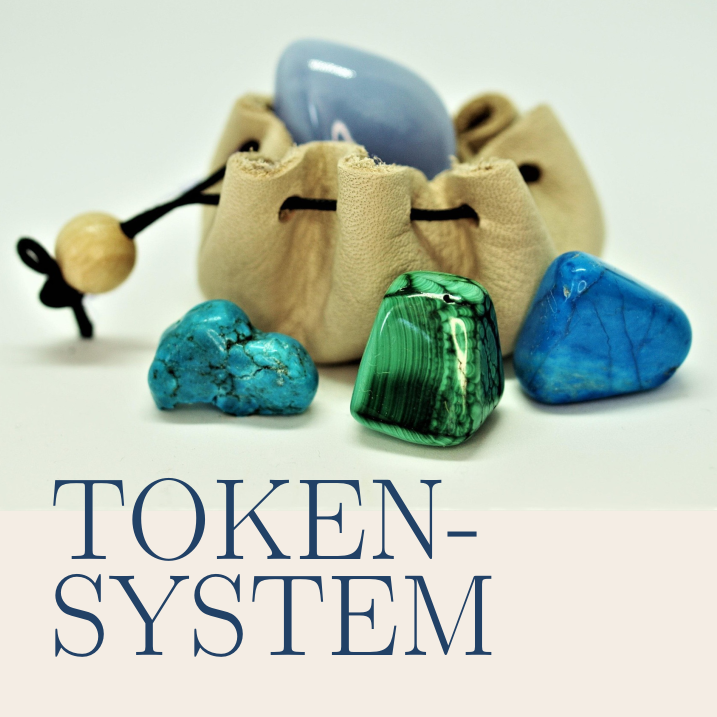Check our new E-Books for FREE! Click Here!
Media consumption | Opportunities, risks and clear limits
Media consumption. Keep an eye on the opportunities, but also the risks. Parents should definitely set clear boundaries. Children can't decide for themselves!

Using smartphones and digital media has now become part of the daily life of children and teenagers. However, for all the advantages these technologies offer, they present just as many challenges – for children, teenagers, and parents alike. The use of media requires clear rules, a healthy measure, and critical awareness.
Smartphones: What You Need to Know
- Age-Appropriate Usage:
- Child’s Age (up to about 10 years): Children at this age usually do not have their own requirement for a smartphone. Instead, it is sensible to limit usage to the bare essentials (e.g., video calling with grandparents). Having their own smartphone is often not necessary, and if it is, usage should be greatly restricted and monitored.
- Teenagers (from 11 years old): From this age onwards, a smartphone often becomes more important, especially due to social contacts and school communication. At this point, clear rules for usage and content become crucial.
- Clear Rules for Smartphone Use:
- No Smartphones in the Bedroom: Smartphones should be kept out of reach of children and adolescents at night to avoid sleep disturbances and nocturnal overstimulation.
- Set Media Times: A maximum usage time of 1–2 hours per day (depending on age) is advisable. This prevents children from “disappearing” into the digital world and promotes a healthy balance.
- Monitor Apps and Content: You should be aware of the apps and content your children use. Games and social media platforms should be critically examined and, where possible, discussed together.
7 Small Changes for more Serenity and Joy in everyday Family Life
DownloadThe Dangers of Smartphone Use
- Physical Effects:
- Postural Damages: Staring at a smartphone for hours strains the spine and promotes poor posture. The so-called “text neck” is increasingly becoming a common diagnosis among adolescents.
- Joint Problems: Excessive typing and swiping can lead to discomfort in the hand and finger joints.
- Psychological Impacts:
- Dependence and Loss of Control: Smartphones and apps like TikTok, Instagram, and gaming platforms use targeted mechanisms that can potentially create addiction. Through reward systems (likes, achievements, followers), children and teenagers are emotionally bound to these devices.
- Comparison and Self-Esteem Issues: In particular, social media often promotes unhealthy comparisons that may impair self-esteem.
- Effects on the Brain:
- Changes in Brain Development: Excessive media consumption influences the development of the prefrontal cortex, responsible for impulse control and decision making. As a result, children and teens may struggle with focusing their attention.
- Dopamine Traps: Apps and games deliberately use reward stimuli that flood the brain with dopamine. This intensifies the usage and can, in the long run, impair the ability for self-regulation.
Alternatives to Smartphone Use
- Creative Activities: Crafting, painting, or playing instruments enhance creativity and concentration.
- Movement: Sports, walks, or joint excursions support physical and mental health.
- Social Interactions: Playing with friends or spending family time strengthens relationships and social skills.
- Reading: Books stimulate the imagination and offer a relaxing alternative to digital media.
Your Role Model Responsibility
Children learn through observation, and you are the most important role model. Before you expect your child to limit their media time, reflect on your own use of smartphones and similar devices:
- Times Without Smartphones: Set smartphone-free times for the whole family, e.g. during meals.
- Mindful Handling: Do not use your smartphone haphazardly, but instead use it deliberately and consciously.
- Promoting Exchange: Speak openly with your child about your own media times and why you regulate them.
Small Steps for Big Changes
The journey towards mindful media usage begins with small changes:
- Fixed Rules: Agree on clear times and places for smartphone use together with your child.
- Positive Role Modeling: Show your child that life can be exciting even without screens.
- Strengthen Communication: Regularly discuss the content that your child sees online, and exchange thoughts about potential dangers.
A Positive Conclusion
Media are part of our everyday life and offer many opportunities when used consciously. Clear rules, open communication, and leading by example in the healthy use of digital devices create a stable foundation for your children – and for the entire family.
Token-System – Reward-System
A token system is a method of positive reinforcement designed to encourage desired behavior in children. The basic idea is simple: A child receives a *symbolic reward* – a token – for a specific behavior. This token can later be exchanged for an actual reward. The system has its roots in behavioral psychology and has been successfully used for decades in schools, therapy settings, and families.
Check it out for FREE!


